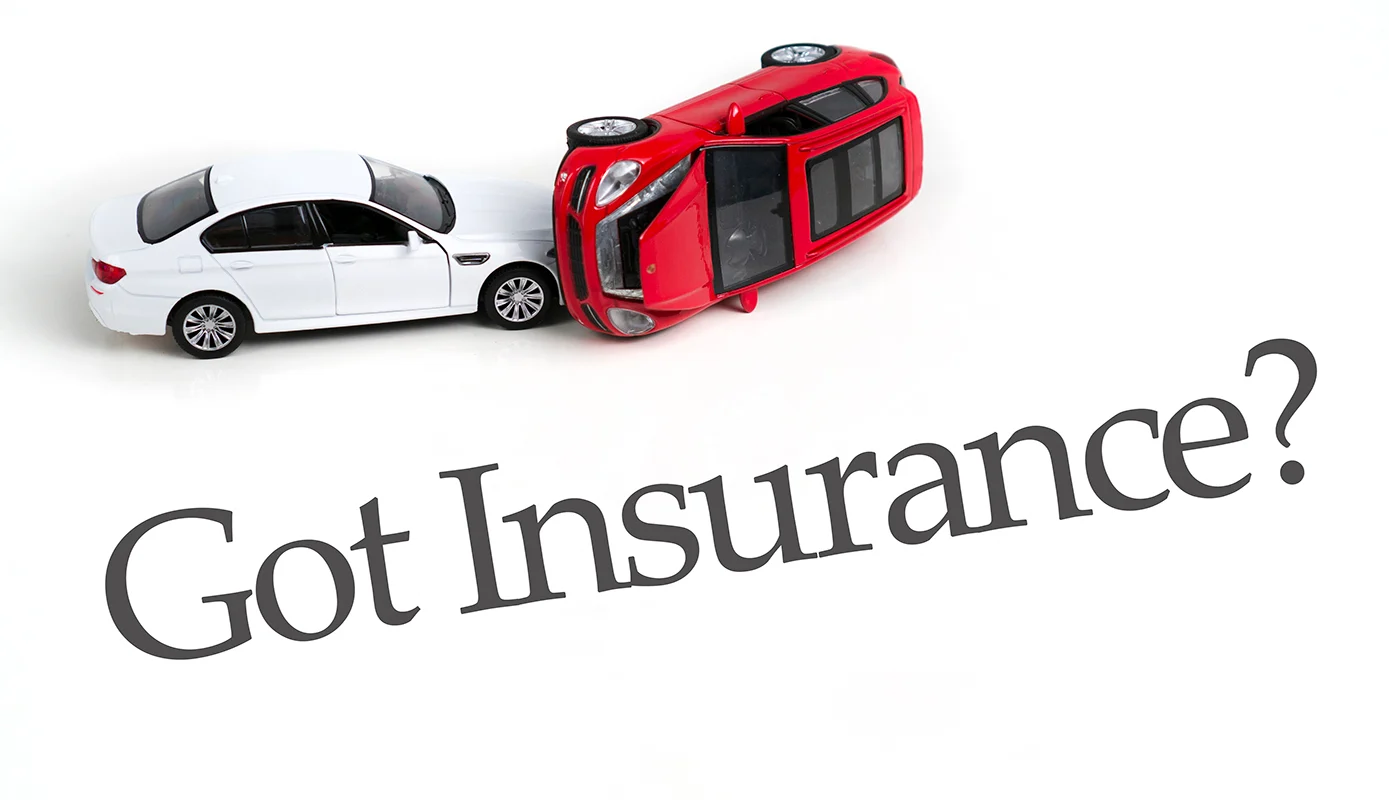A Complete Guide to Vehicle Insurance:
Vehicle insurance is more than just a legal requirement; it’s a crucial financial safeguard that protects you, your vehicle, and others on the road. Whether you’re a new driver or a seasoned motorist, understanding the ins and outs of vehicle insurance is essential for making informed decisions about your coverage. In this blog post, we’ll explore the basics of vehicle insurance, the different types of coverage available, and tips for choosing the right policy to ensure you’re adequately protected.
What is Vehicle Insurance?
Vehicle insurance, commonly known as car insurance or auto insurance, is a contract between you and an insurance company that provides financial protection against losses related to your vehicle. In exchange for a premium, the insurance company agrees to cover certain costs in the event of an accident, theft, or other incidents involving your vehicle.
Vehicle insurance is required by law in most states in the U.S., making it essential for anyone who owns or operates a vehicle. The specifics of what’s covered can vary depending on the type of policy you choose and the state you live in.
Types of Vehicle Insurance Coverage
When it comes to vehicle insurance, there are several types of coverage to consider. Each type of coverage protects you in different situations, so it’s important to understand what each one entails:
1. Liability Insurance
Liability insurance is the most basic form of vehicle insurance and is required by law in most states. It covers the costs associated with injuries or damage to other people and their property if you’re at fault in an accident. Liability insurance is typically divided into two components:
- Bodily Injury Liability (BIL): Covers medical expenses, lost wages, and legal fees if you cause an accident that injures someone else.
- Property Damage Liability (PDL): Covers the cost of repairing or replacing another person’s property (e.g., their vehicle) that you damage in an accident.
2. Collision Coverage
Collision coverage pays for damage to your own vehicle resulting from a collision with another car or object, regardless of who is at fault. This coverage is especially important if you have a newer or more expensive vehicle, as it helps cover the cost of repairs or even replacement if your car is totaled.
3. Comprehensive Coverage
Comprehensive coverage protects your vehicle against non-collision-related incidents, such as theft, vandalism, fire, natural disasters, and hitting an animal. This type of coverage is optional but can be a good investment if you want broader protection for your vehicle.
4. Personal Injury Protection (PIP) or Medical Payments Coverage
Personal Injury Protection (PIP) and Medical Payments coverage (often referred to as Med Pay) cover medical expenses for you and your passengers, regardless of who is at fault in an accident. PIP can also cover lost wages and other related expenses, depending on your state’s laws.
5. Uninsured/Underinsured Motorist Coverage
Uninsured/Underinsured Motorist (UM/UIM) coverage protects you if you’re involved in an accident with a driver who doesn’t have insurance or doesn’t have enough insurance to cover your damages. This coverage helps pay for medical bills, lost wages, and other expenses that might not be covered by the other driver’s insurance.
6. Gap Insurance
Gap insurance is optional coverage that pays the difference between the actual cash value of your vehicle and the amount you owe on your auto loan or lease if your car is totaled or stolen. This is particularly useful for those who are financing or leasing a new vehicle, as the value of a car can depreciate quickly.
7. Rental Reimbursement and Roadside Assistance
Some insurance policies offer additional options like rental reimbursement, which covers the cost of a rental car while your vehicle is being repaired after an accident, and roadside assistance, which provides help if your car breaks down or you get a flat tire.
Factors That Affect Vehicle Insurance Premiums
Several factors can influence how much you pay for vehicle insurance. Understanding these factors can help you find ways to lower your premiums while still maintaining adequate coverage:
1. Driving History
Your driving record is one of the most significant factors that insurers consider when determining your premium. A history of accidents, traffic violations, or DUIs can lead to higher rates, while a clean driving record can help you secure lower premiums.
2. Vehicle Type
The make, model, and year of your vehicle can impact your insurance rates. High-performance cars, luxury vehicles, and cars with high theft rates typically cost more to insure. On the other hand, vehicles with good safety ratings and anti-theft features may qualify for discounts.
3. Location
Where you live plays a role in how much you pay for vehicle insurance. Urban areas with higher traffic density and crime rates often have higher insurance premiums than rural areas.
4. Credit Score
In many states, your credit score can affect your vehicle insurance premium. Insurers often use credit scores as an indicator of risk, with lower scores potentially leading to higher premiums.
5. Age and Gender
Younger drivers, especially teenagers, tend to pay higher premiums due to their lack of driving experience. Additionally, statistics show that male drivers, particularly young men, are more likely to be involved in accidents, leading to higher rates for this demographic.
6. Deductible Amount
The deductible is the amount you pay out of pocket before your insurance kicks in after a claim. Choosing a higher deductible can lower your premium, but it also means you’ll pay more out of pocket if you have an accident.
Tips for Choosing the Right Vehicle Insurance Policy
Selecting the right vehicle insurance policy involves more than just finding the lowest premium. Here are some tips to help you choose the best coverage for your needs:
1. Assess Your Coverage Needs
Consider your financial situation, the value of your vehicle, and your driving habits when determining how much coverage you need. While it might be tempting to opt for the minimum required coverage, additional protection can save you from significant out-of-pocket expenses in the long run.
2. Compare Quotes
Shop around and compare quotes from different insurance companies to find the best rates. Be sure to compare the same types of coverage and deductibles to get an accurate comparison.
3. Check for Discounts
Many insurance companies offer discounts for things like bundling multiple policies (e.g., home and auto insurance), having a good driving record, or installing safety features in your vehicle. Ask about available discounts to lower your premium.
4. Review the Insurer’s Reputation
Choose an insurance company with a strong financial rating and positive customer reviews. A reputable insurer will handle claims efficiently and provide reliable customer service.
5. Consider Usage-Based Insurance
If you’re a safe driver or don’t drive very often, usage-based insurance might be a good option. These policies track your driving habits through a mobile app or device installed in your vehicle, and your premium is based on how safely and how much you drive.
How to File a Vehicle Insurance Claim
If you’re involved in an accident or your vehicle is damaged, knowing how to file an insurance claim is crucial. Here’s a step-by-step guide:
- Contact Your Insurance Company: Notify your insurer as soon as possible after the incident. Provide details about the accident, including the date, time, location, and any other involved parties.
- Document the Scene: Take photos of the damage to your vehicle and any other vehicles involved. Gather contact information from witnesses, and make a note of any police reports.
- Submit a Claim: Your insurance company will guide you through the process of submitting a claim. Be prepared to provide all necessary documentation, including photos, police reports, and a detailed account of the incident.
- Work with an Adjuster: An insurance adjuster will assess the damage and determine how much your insurer will pay for repairs or replacement.
- Get Your Vehicle Repaired: Once your claim is approved, you can take your vehicle to a repair shop. Your insurance company may recommend specific shops, but you have the right to choose where to have your car repaired.
For more detailed information on vehicle insurance and how to choose the best policy for your needs, visit the National Association of Insurance Commissioners (NAIC) website.
Final Thoughts
Vehicle insurance is a vital part of owning and operating a vehicle, providing essential protection against financial loss in the event of an accident, theft, or other incidents. By understanding the different types of coverage available and the factors that affect your premiums, you can make informed decisions that ensure you’re adequately protected without breaking the bank. Remember to regularly review and update your policy to keep it aligned with your changing needs and circumstances.










